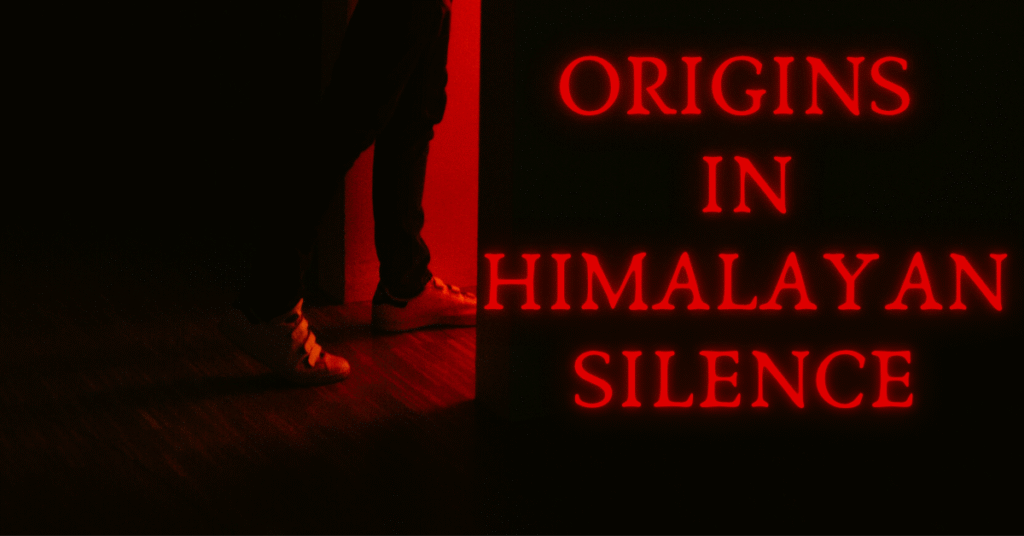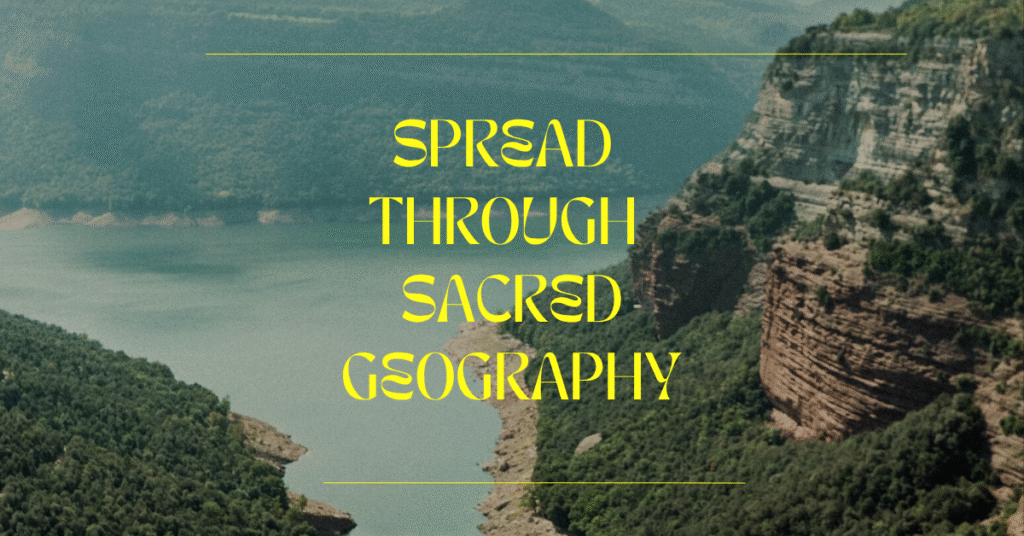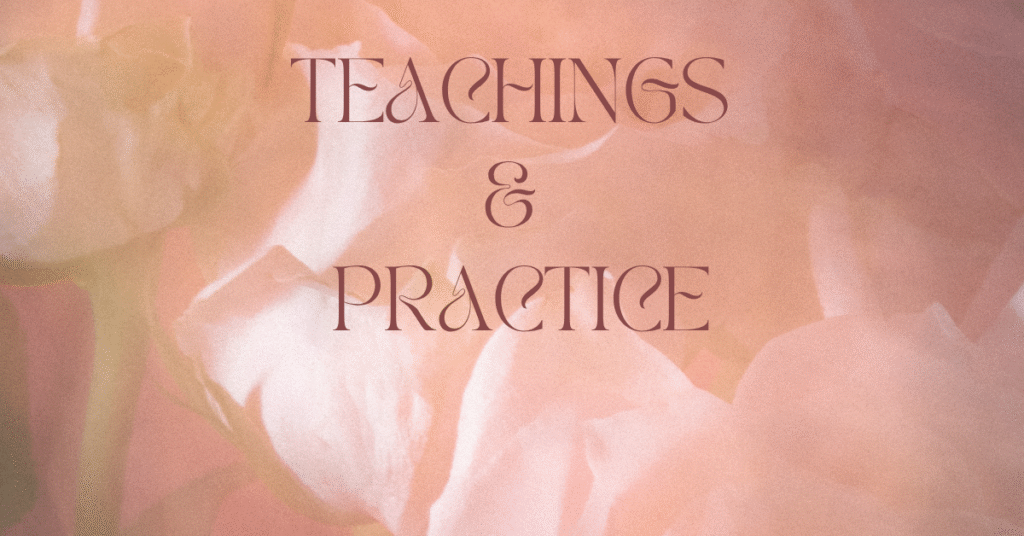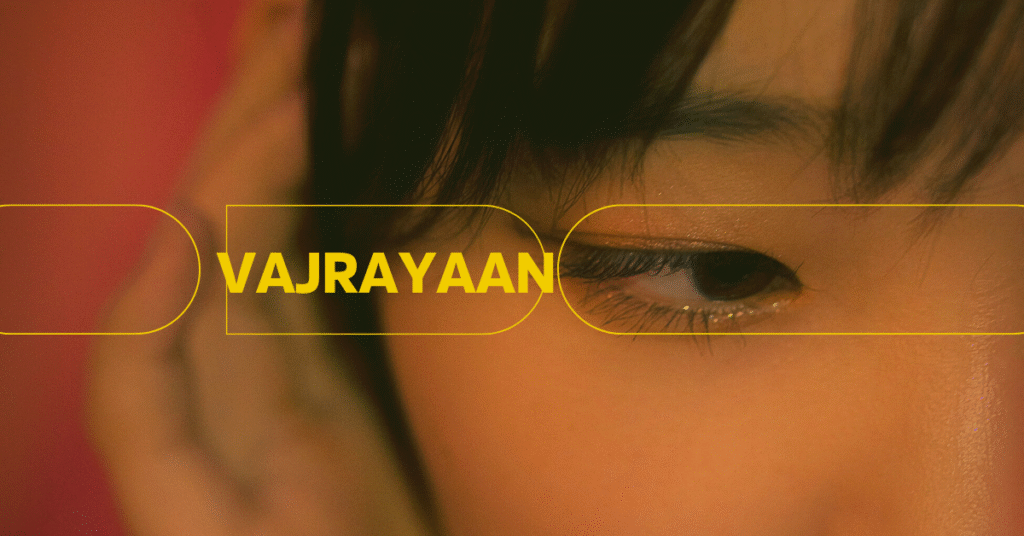“In silence, they burn. In fire, they awaken“: Vajrayaan
Long before modern schools of yoga emerged, when the Himalayas were wild and untraced, there existed a lineage known only through whispers—the Vajrayaan Parampara, or Lineage of the Thunderbolt-Treaders.
It is said that this tradition was not born from scripture, but from direct communion with the Divine through fire, solitude, breath, and death.

Origins in the Himalayan Silence
Legend says the first Vajrayaan yogi was Dadhichi, a great yogi whose guru sat in Tapovan near Gaumukh, subsisting only on sun-rays (bhanu) and snow melt. After twelve years of intense tapas beneath a glacier cave, he had a vision—not of gods, but of a column of fire rising from the navel of the Earth into the crown of the stars to which he meditated.
This fire, called Paragni, became the heart of the tradition. Every initiate was taught to ignite the inner flame, known as Para-Agni, to burn away karma, awaken kundalini, and dissolve duality.

Spread Through Sacred Geography
From Dadhichi, disciples emerged and carried the secret practices to:
- Gangotri to Uttarkashi: Where still today, in hidden ashrams beyond the tourist trails, Vajrayaan yogis sit in meditation dug into the ice.
- Rishikesh: Where one branch of the tradition formed the akharas, using sacred breath, flame mudras, and inner gazing.
- Varanasi (Kashi): The powerful akharas were once the sole practiitioners near Manikarnika Ghat—yogis who meditated beside burning corpses to contemplate impermanence.
- Howrah and Kolkata: A lesser-known branch worked in the shadows of Bengal’s tantric centers—masters of Vajrayaan tantra who infused yantras with flame and breath to perform siddhis.
- Champaran & Bodh Gaya, Bihar: Influences of the lineage inspired hybrid Vajrayana practices, blending Buddhist inner fire with yogic tapas.
- Prayagraj and Allahabad: At confluences of rivers, Vajrayaan yogis conducted Triveni Tapas—rituals where breath, fire, and water merged in elemental transcendence.

Teachings and Practice
Vajrayaan sadhana was never taught in open. The student had to earn it through silence, service, and sitting near the dhuni or the fire pit.
The core sadhanas:
- Vajra Kriya – A fusion of pranayama, bandhas, and mantras performed facing the sun at dawn.
- Shava Sadhana – Meditating beside or visualizing one’s body in cremation to overcome ego and clinging.
- Tratak – A gaze-based practice that channels fire through the third eye.
- Ajapa Japa – A silent mantra that flows like fire through the spinal column.

Their Legacy Today
Though nearly extinct, some say the Vajrayaan flame still burns in secret.
- A lone yogi in the forests above Devprayag who walk the thunderbolt path.
- An old sadhu near Howrah who cures diseases by chanting to the dhuni and breath.
- A young woman near Buxar who writes yantras that warm when held.
- A tantrik in Varanasi who sits in silence, surrounded by ash, with eyes that burn like coals.
- The Sacred Vajrayana tradition in Buddhism that owes its origins to the great masters who taught the path and set a precedent for many to follow, and follow they did after their initiations at Varanasi.
They never teach for fame. They never advertise. They wait for seekers to burn with longing, as Dadhichi did under the Naimisharanya stars, near Lucknow, in present-day Uttar Pradesh.
